In all the numbered composer groups, such as Les Six or The Five, one you rarely hear about were the Turkish Five. The five, Ahmet Adnan Saygun (1907-1991), Ulvi Cemal Erkin (1906-1972), Cemal Reşit Rey (1904-1985), Hasan Ferit Alnar (1906-1978), Necil Kazım Akses (1908-1999), took up the challenge of defining classical music for the newly established Turkish Republic.

Busts of the Turkish Five at the Ankara State Conservatory entrance hall
The Turkish Republic was proclaimed on 29 October 1923, following the reforms initiated by Mustafa Kemal Atatürk. He served as its first president from 1923 until his death in 1938. His ideas for moving Turkey out of the shadow of the former Ottoman Empire and resisting the post-WWI partition ideas of the Allied powers involved secularizing society, giving it an industrial base, and making sweeping progressive reforms.
The Turkish Five were all born in the early 20th century, all within less that 4 years of each other. Following the directives of Atatürk, who wanted Turkish music to become an international phenomenon, the composers made a melding of Turkish folk music, traditional and modal tunings within a western symphonic style. Their repertoire covered all genres, from operas and ballets to orchestral, chamber, choral, and piano music. With the sponsorship of the Turkish government, Turkish musicians were hand chosen and sent to study in Europe. Saygun and Erkin went to Paris, Rey went to Paris and Geneva, and Alnar and Akses studied in Vienna. After their studies, they all returned to Turkey.
Ahmet Adnan Saygun left Turkey to study in Paris in 1928 at age 21. He went to the Scola Cantorum in Paris where he studied composition (Vincent d’Indy), theory and counterpoint (Eugène Borrel), organ (Édouard Souberbielle), and Gregorian chant (Amédée Gastoué). Late-Romantic music and French impressionism also came to his ears, and his first orchestral works were performed in Paris. He returned to Turkey in 1931 to teach and in 1934 was conductor of the Presidential Symphony orchestra.
An important influence on Saygun was Béla Bartók, who visited Turkey in 1936 to research folk music. Saygun accompanied Bartók around Tukey and they often worked together. Meşeli, a folk dance performed with spoons in the hand, was the basis for the first movement of his piano work Anadolu’dan (From Anatolia).

Ahmet Adnan Saygun
Ahmet Adnan Saygun: Anadolu’dan (From Anatolia), Op. 25 – I. Meşeli (Beyza Yazgan, piano)
Ulvi Cemal Erkin studied at the Paris Conservatoire and the École Normale de Musique, working with Isidor Philipp (piano), Noël Gallon (composition), and Nadia Boulanger (composition). Just as in Saygun’s music, Erkin’s combination of Turkish and western elements makes for a distinctive sound. His best-known work is Köçekçe (1943), based on the traditional köçek dance of men in women’s clothes.
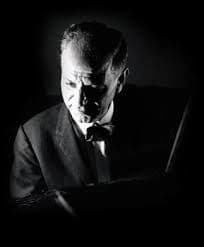
Ulvi Cemal Erkin
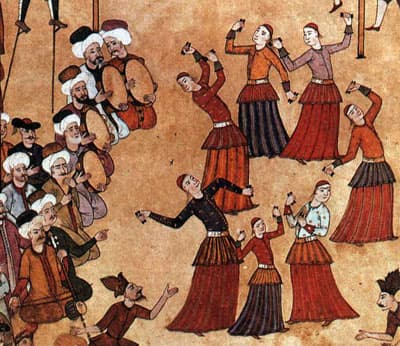
Köçek troupe at a fair, showing Sultan Ahmed’s 1720 celebration of his son’s circumcision, 1720 (Istanbul: Topkapı Palace)
Erkin: Köçekçe (Istanbul State Symphony Orchestra; Theodore Kuchar, cond.)
Cemal Reşit Rey, the oldest of the Turkish Five, made his name in opera and operettas, many of them to texts written by his brother, Ekrem Reşit Rey. Cemal Rey started his studies at the Geneva Conservatory in 1914. When he graduated in 1919, he went to Paris and studied with Marguerite Long (piano), Raoul Laparra (composition), and Gabriel Fauré (music aesthetics). Returning to Turkey in 1923, he taught at the Darülhenan (which would later become the İstanbul Municipal Conservatory) and established a chamber orchestra there in 1934.
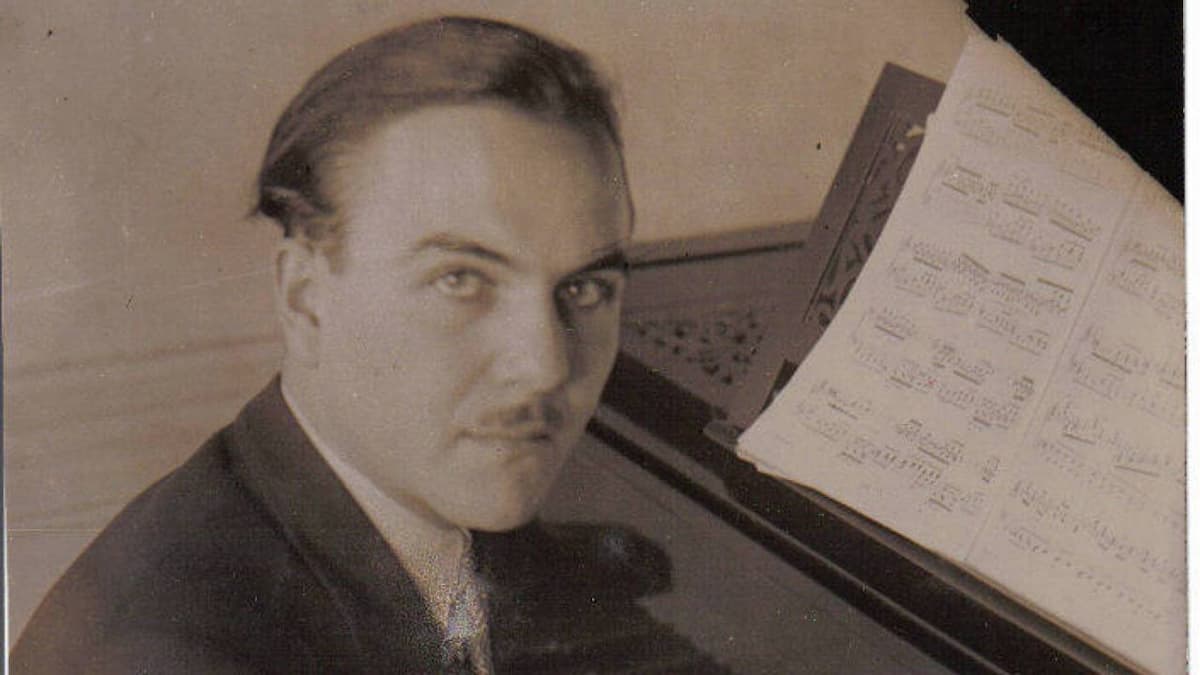
Cemal Reşit Rey
Cemal Reşit Rey: Variations on a Theme of an İstanbul Song, “Kâtibim” (Idil Biret, piano; Studio orchestra; Hikmet Şimşek, cond.)
Hasan Ferit Alnar started in music with formal training in Turkish traditional music on the kanun, the only of the Turkish Five with this fundamental background. After starting his university work in architecture, he went to Vienna to study with Joseph Marx (composition) and Oswald Kabasta (conducting). In Turkey, he was conductor of the Presidential Symphony Orchestra from 1946 to 1952 and from 1952 to 1960, was General Music Director of the Ankara Opera House.
His Piano Trio, 1966, is a revision of his 1929 Trio Fantasia. In keeping with his traditional music training, it is written with the strong influence of the makam tuning system.
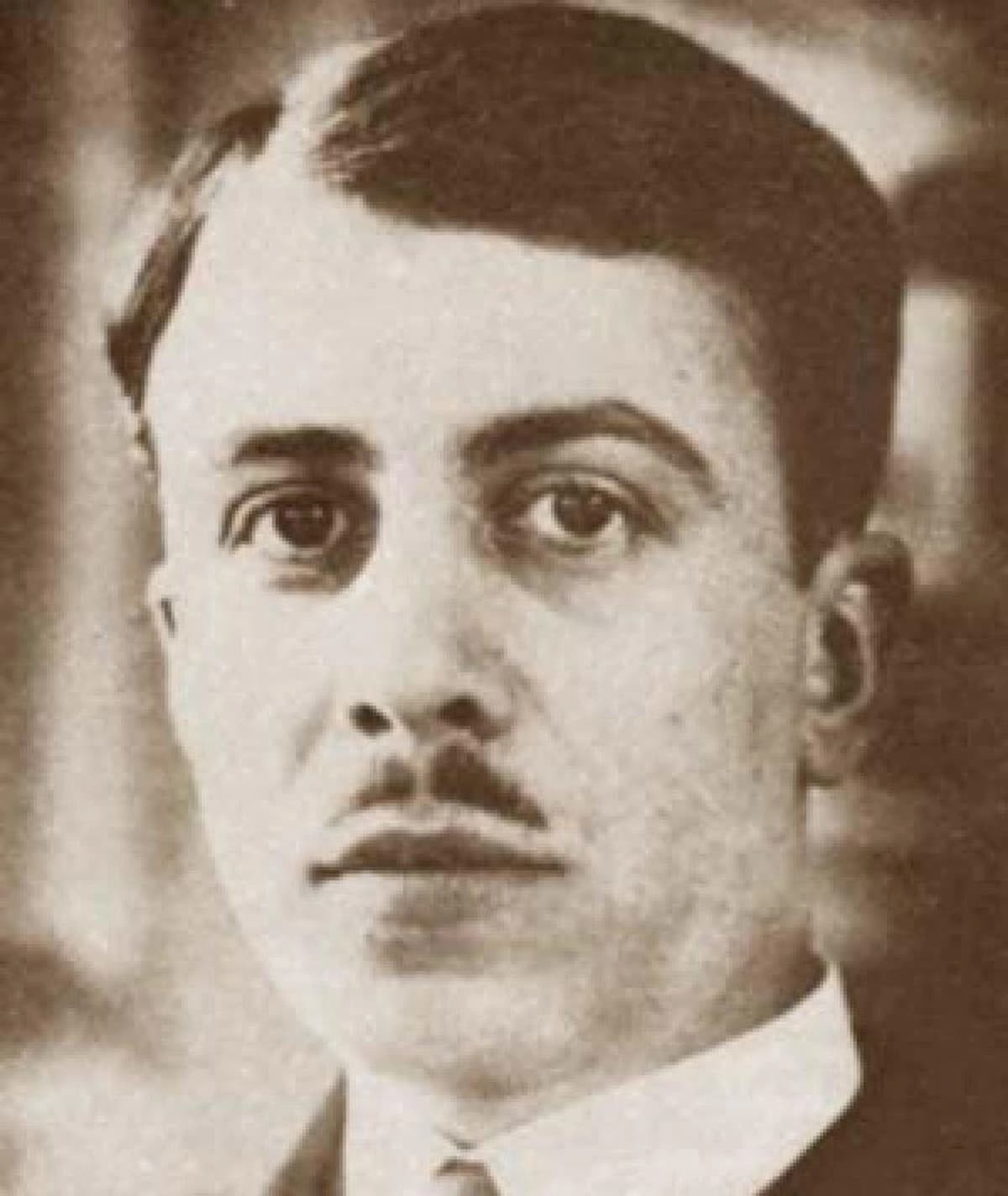
Hasan Ferit Alnar
Alnar: Piano Trio – II. Sollerando (Bosphorus Trio)
Necil Kazım Akses started his studies at the Istanbul Municipal Conservatory with Rey and then, like Alnar, studied with Joseph Marx in Vienna before going to the Prague Conservatory to study with Josef Suk and Alois Hába. Returning to Turkey, he was co-founder of the Ankara State Conservatory, with Paul Hindemith. His favourite genre was large symphonic forms and in his Violin Concerto, which was commissioned by Turkish Radio in 1967, he created a two-movement that challenges our ideas of the violin versus the orchestra.
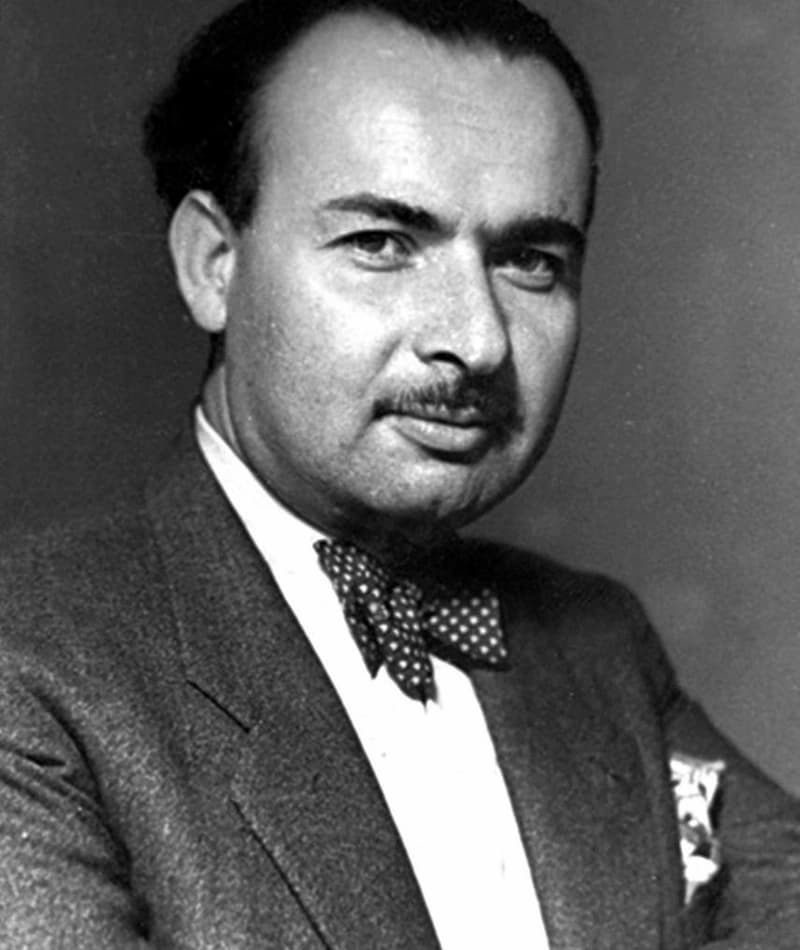
Necil Kazım Akses
Necil Kazim Akses: Violin Concerto – I. Allegro (Cihat Aşkin, violin; Hannover Radio Philharmonic Orchestra; Rengim Gökmen, cond.)
The Turkish Five accomplished all that Atatürk required, successfully putting Turkish musical ideas into a Western context, but, unfortunately, the composers’ global impact hasn’t stood the test of time. It’s wonderful to rediscover these works that bring another side to European music. Most importantly, they provided a path for the following generations of Turkish composers.
For more of the best in classical music, sign up for our E-Newsletter




The fact that one already knew about the Five does not diminish in any way the quality of this article. Informative, interesting and well illustrated musically